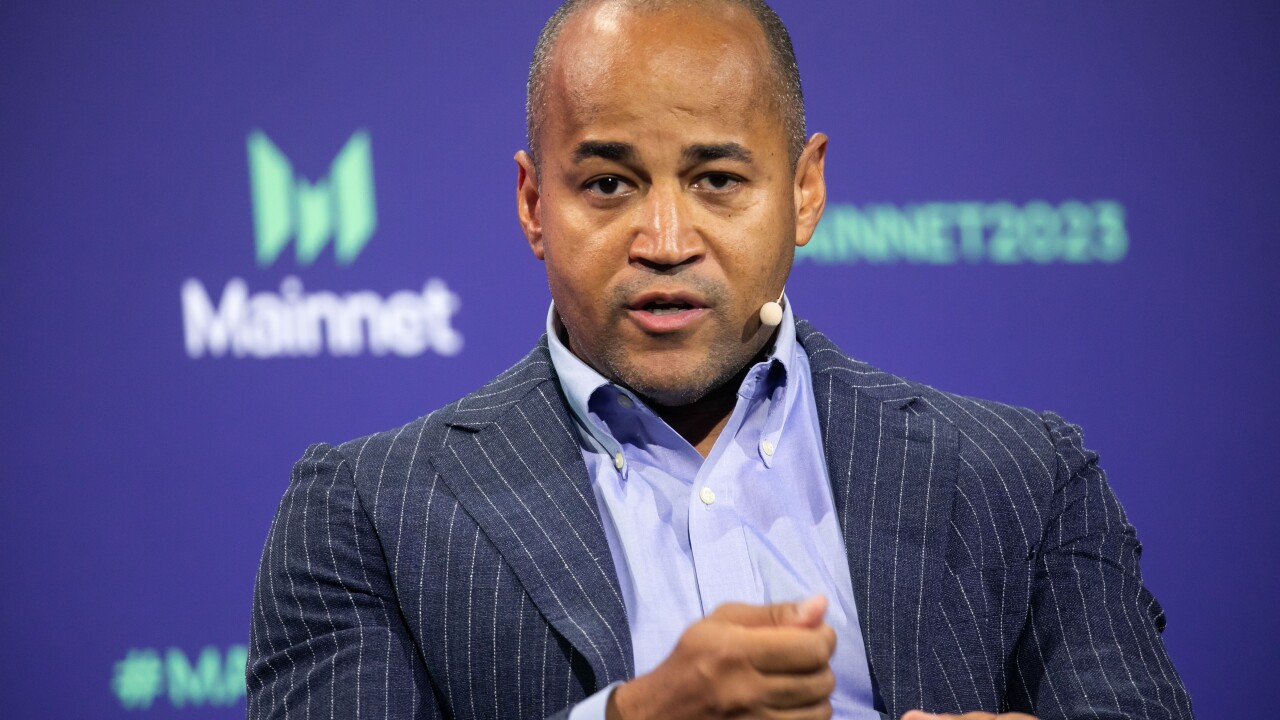Banks are evaluating how to approach renewable energy after tax reform cut the value of certain investments.
Bank of America, Wells Fargo and Bank of New York Mellon were among the institutions that lowered the value of energy-related tax credits in the fourth quarter. The benefit from tax credits was cut once the Tax Cuts and Jobs Act lowered the corporate rate to 21% from 35%.
Despite the short-term pain, banks may still participate in tax-equity investments in clean energy, bankers and lawyers that work in the space said.

While the benefit will be smaller, it’s still worthwhile, said Russ Cramer, vice president of solar financing at the $5.9 billion-asset 1st Source Bank in South Bend, Ind., which provides tax-equity and debt financing to solar projects, including a recent deal involving the
“We think there is a lot of potential in this area,” Cramer said. “We don’t see the tax law as having a major long-term impact.”
Bank of America, which recorded a $950 million charge to lower the value of energy investments, does not expect the new law to meaningfully change its interest in making renewable energy investments, said spokesman Jerry Dubrowski.
State Street in Boston also expects to continue its clean energy investing, said Eric Aboaf, the $243 billion-asset company’s chief financial officer.
“There were benefits of [tax-advantaged energy investments] under the old rates, but there are certainly still benefits under the new rate,” Aboaf said during a conference call to discuss quarterly results. “There is going to be a question of, do you get more wind, less solar, vice versa.”
While the new law may limit deductions, it also cuts the tax rate and provides for 100% expensing for new and used property, a legal team at Foley & Lardner noted in a
A continued commitment to renewable energy stands in contrast to
No one expects tax reform to have that kind of catastrophic effect on the renewable energy market, said Mark Caterini, a tax lawyer at Orrick, Herrington & Sutcliffe who specializes in the financing of energy transactions.
“It’s just going to require people to rethink the models they have been using over the last 15 years,” Caterini said.
As financial executives and accountants parse the tax law for guidance on how to treat renewable energy, many bankers acknowledged that the size of their investments could shrink.
“The level of alternative energy tax credits in our forecast will be down [notably] from prior periods,” Eric Newell, chief financial officer at the $7.1 billion-asset United Financial Bancorp in Hartford, Conn., said during a quarterly earnings call.
United in March 2016 invested an additional $12.7 million into an alternative energy tax credit partnership where it was already a participant. United does not break out the specific balance of its renewable energy investments.
Other banks that have publicly disclosed tax-advantaged investments in renewable energy include the $24 billion-asset Valley National in Wayne, N.J., and the $4.7 billion-asset TriState Capital Holdings in Pittsburgh.
Still, the devil is in the details and the new law is chock-full of details. Most tax lawyers and accountants will spend the next few months trying to understand how the new tax structures will work, Caterini said.
“I don’t know if it’s less appealing to make tax-advantaged investments in renewable energy,” Caterini said. “The better way to look at it is that the toolbox has been slightly changed.”





